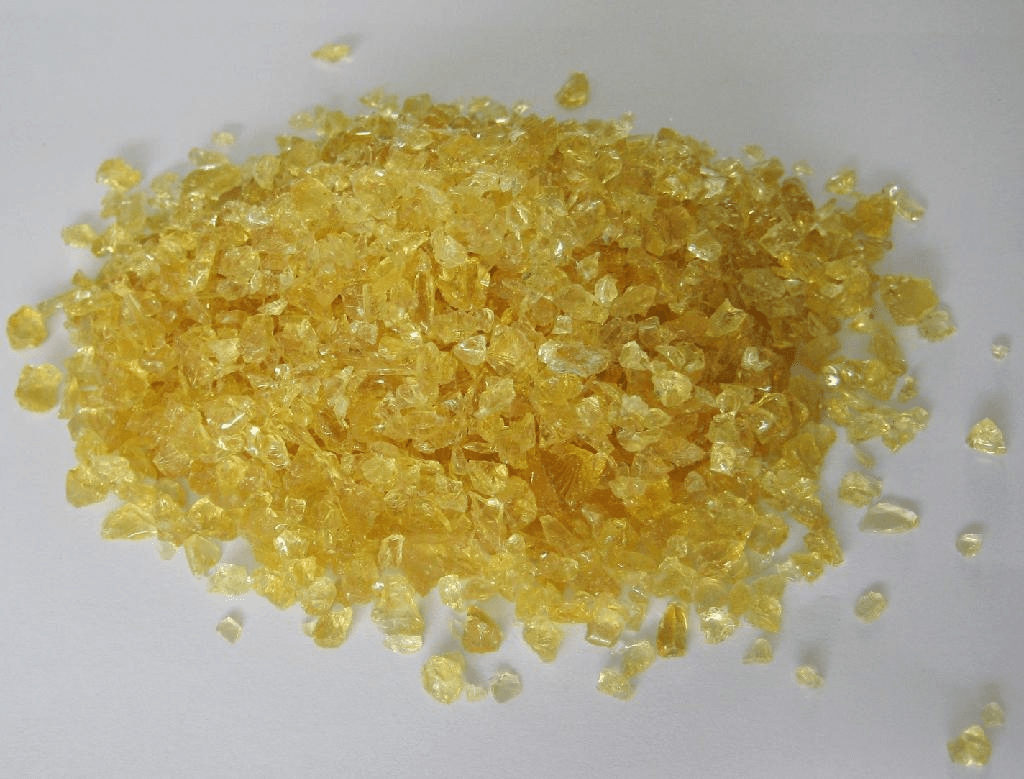Phenolic Resins: Versatile Thermosetting Plastics with Wide Range of Applications

Phenolic resins, also known as phenol-formaldehyde resins, are synthetic polymers that are produced from the reaction of phenol or substituted phenol with formaldehyde. They were first developed in the late 19th century and find uses in many industrial and consumer goods due to their good electrical properties, heat and abrasion resistance, and moldability.
Chemistry of Phenolic Resins
Phenol and formaldehyde undergo a polycondensation reaction to form Phenolic Resins. The reactions mainly involve hydroxymethylation of phenol rings followed by condensation of the hydroxymethylated phenol intermediates. The hydroxymethylation reaction produces methylol phenols such as bismethylol phenol. These intermediates then polymerize through methylene (CH2) bridge linkages forming three-dimensional crosslinked thermosetting networks.
The polymerization process can be alkali-catalyzed or acid-catalyzed. Alkali-catalyzed (“novolac”) resins are thermoplastic before curing but become thermosetting after the addition of hexamethylenetetramine or formaldehyde. Acid-catalyzed (“resole”) phenolic resins are heat-reactive and thermosetting as produced. Varying the reactants, reaction conditions, and curing methods allows control over properties of the final products.
Applications of Phenolic Resins
Due to their heat resistance, mechanical strength, moldability, and electrical insulation properties, phenolic resins find wide usage across many industries:
- Molding Compounds — Used for making electrical insulators, small appliance parts, and automotive components that require heat and wear resistance. Good dimensional stability under heat.
- Laminates — Used to produce decorative surfacing materials, toilet seats, and electrical switchgear panels. Phenolic-coated papers provide heat, abrasion, and chemical resistance.
- Wood Adhesives — Durable bonds are formed for making plywood, particle board, fiberboard. Adhesives bond well even under wet conditions.
- Insulation — Phenolic foams are used for thermal and acoustic insulation in appliances, construction, and industrial uses. Rigid fiber insulation boards are also produced.
- Friction Materials — Phenolic novolacs are binders for brake and clutch linings/pads used in automobiles due to their heat resistance.
- Foundry and Refractory Binders — Used to make cores and molds that need high heat resistance during metal casting processes.
- Abrasives — Phenolic resins are used to bond and coat abrasives in products like sandpaper, grinding wheels, and honing sticks.
- Coatings — Durable coatings are produced for flooring, metallic substrates, and roofing due to corrosion and wear resistance.
Get more insights on Phenolic Resins
- Art
- Causes
- Crafts
- Dance
- Drinks
- Film
- Fitness
- Food
- الألعاب
- Gardening
- Health
- الرئيسية
- Literature
- Music
- Networking
- أخرى
- Party
- Religion
- Shopping
- Sports
- Theater
- Wellness
- IT, Cloud, Software and Technology


